Using CFD to Simulate the Concentration of Polluting and Harmful Gases in the Roadway of Non-Metallic Mines Reveals Its Migration Law
Abstract
:1. Introduction
2. Materials and Methods
2.1. Construction of a Numerical Simulation Model of Polluting Gas in the Roadway
2.2. Concentration Diffusion Control Equation
2.3. Construction of the Simulation Model
2.3.1. Model Site Selection and Construction of the Geometric Model
2.3.2. Grid Generation and Verification of Iterative Convergence
2.4. Setting of the Detection Points
2.5. Data Collection and Processing
- There are at least k points O’ excluding P in the set, with the result that the distance from O’ to P is less than or equal to the kth distance of P.
- There are at most k − 1 points O’ in the set excluding the point P, with the result that the distance from O’ to P is smaller than the kth distance of P.
3. Results and Discussion
3.1. Variation Law of the Wind Field under Specific Conditions
3.2. Change Law of Polluting Gas under the Action of the Wind Field
4. Conclusions
- (1)
- The simulated results of the wind field and pollutant concentration field in the actual roadway in a turbulence state produced by COMSOL software were as follows. When the air flow moved to the front face of the roadway, it was easy to generate a reverse flow to form an air flow vortex, where the air flow was stagnant. When the pollutant gas molecules came within range of the vortex, they rotated with the wind field, which was not conducive to the diffusion of pollutants, leading to the accumulation of pollutant gas. The whole wind field tended to be stable at the plane 25 m away from the tunnel’s outlet.
- (2)
- Polluted gas diffused and migrated under the action of the wind field. Because the wind speed at the vent pipe’s orifice was the greatest and was the first to contact the polluting gas, the concentration of gas was initially diluted. The eddy current in the wind field made it difficult for pollutants in the left- and right-hand corners of the roadway to diffuse. The concentration field at 25 m from the roadway’s outlet tended to be stable. This roadway section was representative.
- (3)
- Scientific methods revealed the migration law and changes in the concentration of the pollutant gas in the roadway. These will play a positive role in future scientific treatment of the accumulation of pollutant gas, the prevention and control of toxic gas in the roadway, and environmental protection.
Author Contributions
Funding
Institutional Review Board Statement
Informed Consent Statement
Data Availability Statement
Conflicts of Interest
References
- MacNeil, J.A.L.; Dimitrakopoulos, R.G. A stochastic optimization formulation for the transition from open pit to underground mining. Optim. Eng. 2017, 18, 793–813. [Google Scholar] [CrossRef]
- Shriwas, M.; Pritchard, C. Ventilation Monitoring and Control in Mines. Min. Metall. Explor. 2020, 37, 1015–1021. [Google Scholar] [CrossRef]
- Chu, Z.; Dong, K.; Gao, P.; Wang, Y.; Sun, Q. Mine-oriented low-enthalpy geothermal exploitation: A review from spatio-temporal perspective. Energy Convers. Manag. 2021, 237, 114123. [Google Scholar] [CrossRef]
- Sadeghi, F.; Monjezi, M.; Jahed Armaghani, D. Evaluation and Optimization of Prediction of Toe that Arises from Mine Blasting Operation Using Various Soft Computing Techniques. Nat. Resour. Res. 2019, 29, 887–903. [Google Scholar] [CrossRef]
- Xie, C.; Nguyen, H.; Bui, X.N.; Nguyen, V.T.; Zhou, J. Predicting roof displacement of roadways in underground coal mines using adaptive neuro-fuzzy inference system optimized by various physics-based optimization algorithms. J. Rock Mech. Geotech. Eng. 2021, 13, 1452–1465. [Google Scholar] [CrossRef]
- Behraftar, S.; Hossaini, S.M.F.; Bakhtavar, E. MRPN technique for assessment of working risks in underground coal mines. J. Geol. Soc. India 2017, 90, 196–200. [Google Scholar] [CrossRef]
- Yan, F.; Li, Z.-J.; Dong, L.-J.; Huang, R.; Cao, R.-H.; Ge, J.; Xu, K.-L. Cloud model-clustering analysis based evaluation for ventilation system of underground metal mine in alpine region. J. Cent. South Univ. 2021, 28, 796–815. [Google Scholar] [CrossRef]
- Dudzińska, A. Sorption properties of hard coals with regard to gases present in the mine atmosphere. J. Earth Sci. 2017, 28, 124–130. [Google Scholar] [CrossRef]
- Cao, J.; Xie, C.; Hou, Z. Ecological evaluation of heavy metal pollution in the soil of Pb-Zn mines. Ecotoxicology 2022, 31, 259–270. [Google Scholar] [CrossRef] [PubMed]
- Liang, Y.; Zhang, J.; Wang, L.; Luo, H.; Ren, T. Forecasting spontaneous combustion of coal in underground coal mines by index gases: A review. J. Loss Prev. Process Ind. 2019, 57, 208–222. [Google Scholar] [CrossRef]
- Zhang, X.; Zou, J. Research on collaborative control technology of coal spontaneous combustion and gas coupling disaster in goaf based on dynamic isolation. Fuel 2022, 321, 124123. [Google Scholar] [CrossRef]
- Wang, K.; Jiang, S.; Ma, X.; Hu, L.; Wu, Z.; Shao, H.; Zhang, W.; Pei, X.; Wang, Y. An automatic approach for the control of the airflow volume and concentrations of hazardous gases in coal mine galleries. J. Loss Prev. Process Ind. 2016, 43, 676–687. [Google Scholar] [CrossRef]
- Xie, C.; Nguyen, H.; Choi, Y.; Armaghani, D.J. Optimized functional linked neural network for predicting diaphragm wall deflection induced by braced excavations in clays. Geosci. Front. 2022, 13, 101313. [Google Scholar] [CrossRef]
- Li, D.; Zhang, J.-F.; Wang, C.-W.; Jiang, F.-X. Propagation patterns of microseismic waves in rock strata during mining: An experimental study. Int. J. Miner. Metall. Mater. 2019, 26, 531–537. [Google Scholar] [CrossRef]
- Rey, N.J.; Demers, I.; Bussière, B.; Mbonimpa, M.; Gagnon, M. A geochemical evaluation of a monolayer cover with an elevated water table for the reclamation of the Doyon-Westwood tailings ponds, Canada. Environ. Earth Sci. 2020, 79, 58. [Google Scholar] [CrossRef]
- Bakhtavar, E.; Hosseini, S.; Hewage, K.; Sadiq, R. Air Pollution Risk Assessment Using a Hybrid Fuzzy Intelligent Probability-Based Approach: Mine Blasting Dust Impacts. Nat. Resour. Res. 2021, 30, 2607–2627. [Google Scholar] [CrossRef]
- Abdollahisharif, J.; Bakhtavar, E.; Nourizadeh, H. Green biocompatible approach to reduce the toxic gases and dust caused by the blasting in surface mining. Environ. Earth Sci. 2016, 75, 1–12. [Google Scholar] [CrossRef]
- Zhou, J.; Koopialipoor, M.; Murlidhar, B.R.; Fatemi, S.A.; Tahir, M.M.; Jahed Armaghani, D.; Li, C. Use of Intelligent Methods to Design Effective Pattern Parameters of Mine Blasting to Minimize Flyrock Distance. Nat. Resour. Res. 2019, 29, 625–639. [Google Scholar] [CrossRef]
- Kozan, E.; Liu, S.Q. An operational-level multi-stage mine production timetabling model for optimally synchronising drilling, blasting and excavating operations. Int. J. Min. Reclam. Environ. 2016, 31, 457–474. [Google Scholar] [CrossRef]
- Wang, F.; Ren, Q.; Chen, B.; Zou, P.; Peng, Z.; Hu, W.; Ma, Z. Numerical Investigation on Safe Mining of Residual Pillar in Goaf: A Case Study of Panlong Lead–Zinc Mine. Geotech. Geol. Eng. 2020, 38, 4269–4287. [Google Scholar] [CrossRef]
- Liu, G.; Niu, L.M.; Cao, X.B.; Liu, Y.Y.; Wu, X.Q.; Zhang, X.; Zhang, R.; Li, Y. Study of the occupational health risk of radon exposure in underground workers in a mine. J. Radiat. Res. Appl. Sci. 2022, 15, 1–4. [Google Scholar] [CrossRef]
- Pronost, G.; Ikeda, M.; Nakamura, T.; Sekiya, H.; Tasaka, S. Development of new radon monitoring systems in the Kamioka mine. Prog. Theor. Exp. Phys. 2018, 9, 093H01. [Google Scholar] [CrossRef]
- Szlązak, N.; Obracaj, D.; Korzec, M. Influence of applying additional forcing fans for the air disteibution in ventilation network. Manag. Syst. 2016, 23, 163–171. [Google Scholar]
- De Souza, E. Application of ventilation management programs for improved mine safety. Int. J. Min. Sci. Technol. 2017, 27, 647–650. [Google Scholar] [CrossRef]
- Wang, Y.; Du, C.; Xu, H. Key Factor Analysis and Model Establishment of Blasting Dust Diffusion in a Deep, Sunken Open-Pit Mine. ACS Omega 2021, 6, 448–455. [Google Scholar] [CrossRef]
- Harris, M.L.; Mainiero, R.J. Monitoring and removal of CO in blasting operations. Saf. Sci. 2008, 46, 1393–1405. [Google Scholar] [CrossRef]
- Rudakov, M.; Babkin, R.; Medova, E. Improvement of Working Conditions of Mining Workers by Reducing Nitrogen Oxide Emissions during Blasting Operations. Appl. Sci. 2021, 11, 9969. [Google Scholar] [CrossRef]
- Adhikari, A.; Jayaraman Sridharan, S.; Tukkaraja, P.; Sasmito, A.; Vytla, S. The Effect of Trapped Fumes on Clearance Time in Underground Development Blasting. Min. Metall. Explor. 2022, 39, 1811–1820. [Google Scholar] [CrossRef]
- Prakash, S.A.; Hariharan, C.; Arivazhagan, R.; Sheeja, R.; Raj, V.A.A.; Velraj, R. Review on numerical algorithms for melting and solidification studies and their implementation in general purpose computational fluid dynamic software. J. Energy Storage 2021, 36, 102341. [Google Scholar] [CrossRef]
- Feng, X.; Jiang, Z.; Zhang, G.; Luo, X.; Zeng, F. Study on CO diffusion law and concentration distribution function under ventilation after blasting in high-altitude tunnel. J. Wind. Eng. Ind. Aerodyn. 2022, 220, 104871. [Google Scholar] [CrossRef]
- Xie, Z.; Xiao, Y.; Jiang, C.; Ren, Z.; Li, X.; Yu, K. Numerical study on fine dust pollution characteristics under various ventilation time in metro tunnel after blasting. Build. Environ. 2021, 204, 108111. [Google Scholar] [CrossRef]
- Torno, S.; Toraño, J. On the prediction of toxic fumes from underground blasting operations and dilution ventilation. Conventional and numerical models. Tunn. Undergr. Space Technol. 2020, 96, 103194. [Google Scholar] [CrossRef]
- Sa, Z.; Li, F.; Qin, B.; Pan, X. Numerical simulation study of dust concentration distribution regularity in cavern stope. Saf. Sci. 2012, 50, 857–860. [Google Scholar] [CrossRef]
- Huang, R.; Shen, X.; Wang, B.; Liao, X. Migration characteristics of CO under forced ventilation after excavation roadway blasting: A case study in a plateau mine. J. Clean. Prod. 2020, 267, 122094. [Google Scholar] [CrossRef]
- Xie, Z.; Xiao, Y.; Zhao, Q.; Lin, J. Transient analysis of dust exposure under different supply airflow angle in a blasting tunnel based on CFD. Energy Rep. 2022, 8, 45–52. [Google Scholar] [CrossRef]
- Wang, Z.; Zhou, W.; Jiskani, I.M.; Luo, H.; Ao, Z.; Mvula, E.M. Annual dust pollution characteristics and its prevention and control for environmental protection in surface mines. Sci. Total Environ. 2022, 825, 153949. [Google Scholar] [CrossRef]
- Lee, S.-C.; Lee, S.; Lee, J. CFD analysis on ventilation characteristics of jet fan with different pitch angle. KSCE J. Civ. Eng. 2014, 18, 812–818. [Google Scholar] [CrossRef]
- Bubbico, R.; Mazzarotta, B.; Verdone, N. CFD analysis of the dispersion of toxic materials in road tunnels. J. Loss Prev. Process Ind. 2014, 28, 47–59. [Google Scholar] [CrossRef]
- Chang, P.; Xu, G.; Zhou, F.; Mullins, B.; Abishek, S.; Chalmers, D. Minimizing DPM pollution in an underground mine by optimizing auxiliary ventilation systems using CFD. Tunn. Undergr. Space Technol. Inc. Trenchless Technol. Res. 2019, 87, 112–121. [Google Scholar] [CrossRef]
- Menendez, J.; Merle, N.; Fernandez-Oro, J.M.; Galdo, M.; de Prado, L.A.; Loredo, J.; Bernardo-Sanchez, A. Concentration, Propagation and Dilution of Toxic Gases in Underground Excavations under Different Ventilation Modes. Int. J. Environ. Res. Public Health 2022, 19, 7092. [Google Scholar] [CrossRef]
- Cui, P.; Yao, B.; Liu, Y.; Wei, J.; Wen, Z.; Li, H. A New Width Measurement Method of the Stress Relief Zone on Roadway Surrounding Rocks. Geofluids 2019, 2019, 1–12. [Google Scholar] [CrossRef]
- Nie, W.; Liu, X.; Liu, C.; Guo, L.; Hua, Y. Prediction of dispersion behavior of typical exhaust pollutants from hydraulic support transporters based on numerical simulation. Environ. Sci. Pollut. Res. Int. 2022, 29, 38110–38125. [Google Scholar] [CrossRef] [PubMed]
- Xu, C.; Han, L. Quality evaluation method of water isolating curtain in roadway of Gushan Iron Mine and its application. Arab. J. Geosci. 2021, 14, 1–10. [Google Scholar] [CrossRef]
- Houda, S.; Belarbi, R.; Zemmouri, N. A CFD Comsol model for simulating complex urban flow. Energy Procedia 2017, 139, 373–378. [Google Scholar] [CrossRef]
- Zhou, Y.; Yang, D.; Tang, M. Multiple hydraulic fractures growth from a highly deviated well: A XFEM study. J. Pet. Sci. Eng. 2022, 208, 109709. [Google Scholar] [CrossRef]
- Guo, Y.; Wang, M. Thermodynamic analysis of gas flow and heat transfer in microchannels. Int. J. Heat Mass Transf. 2016, 103, 773–782. [Google Scholar] [CrossRef]
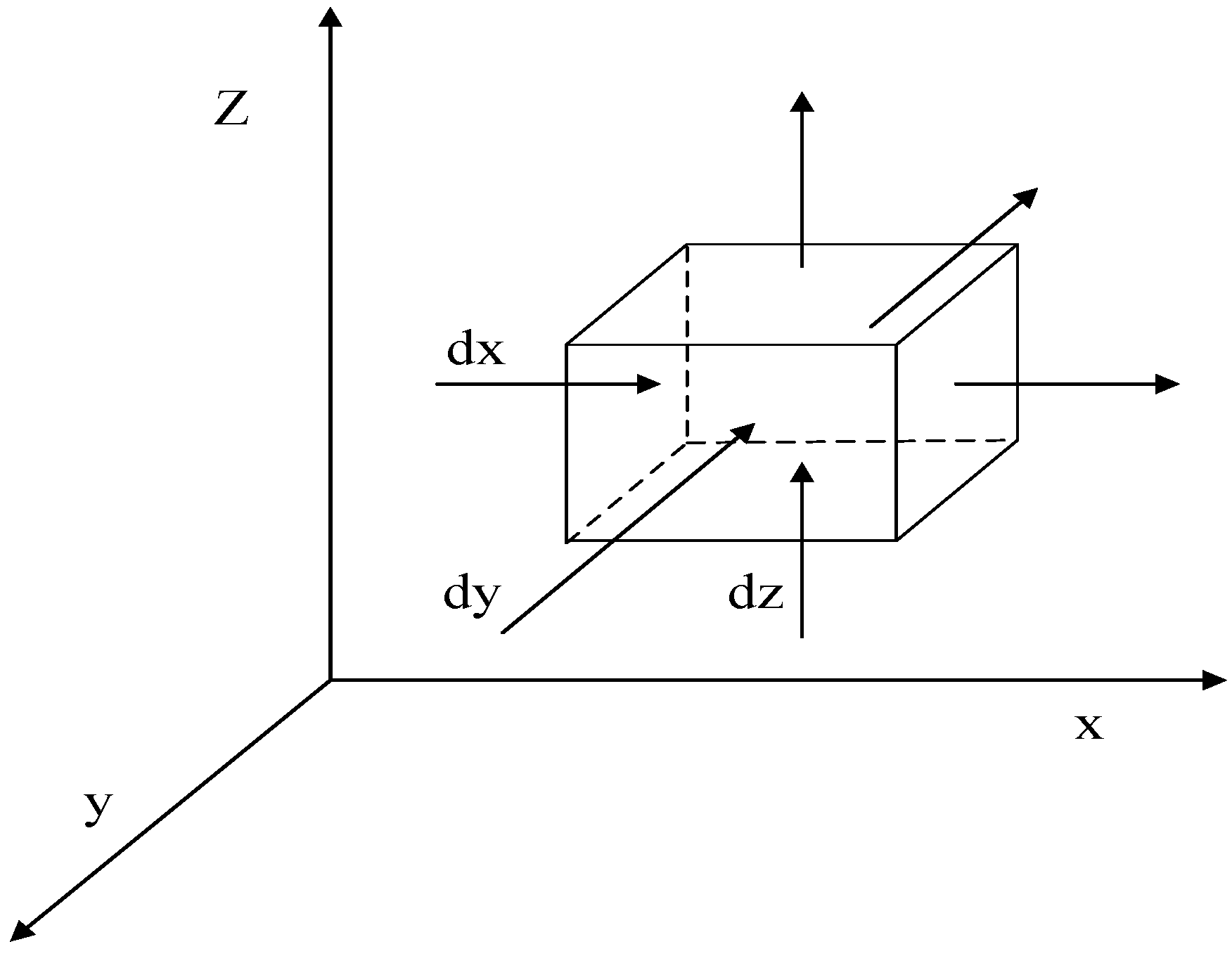
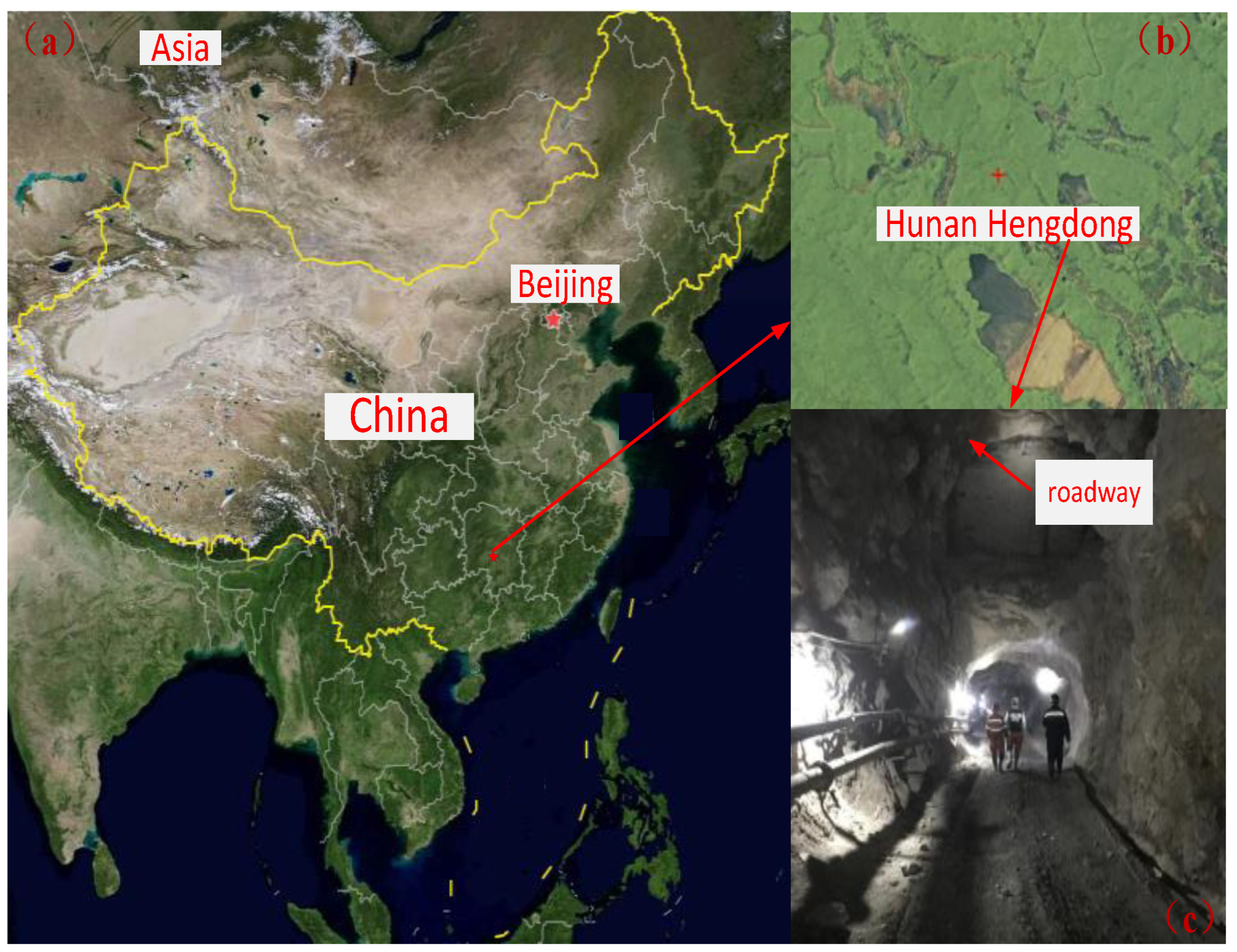
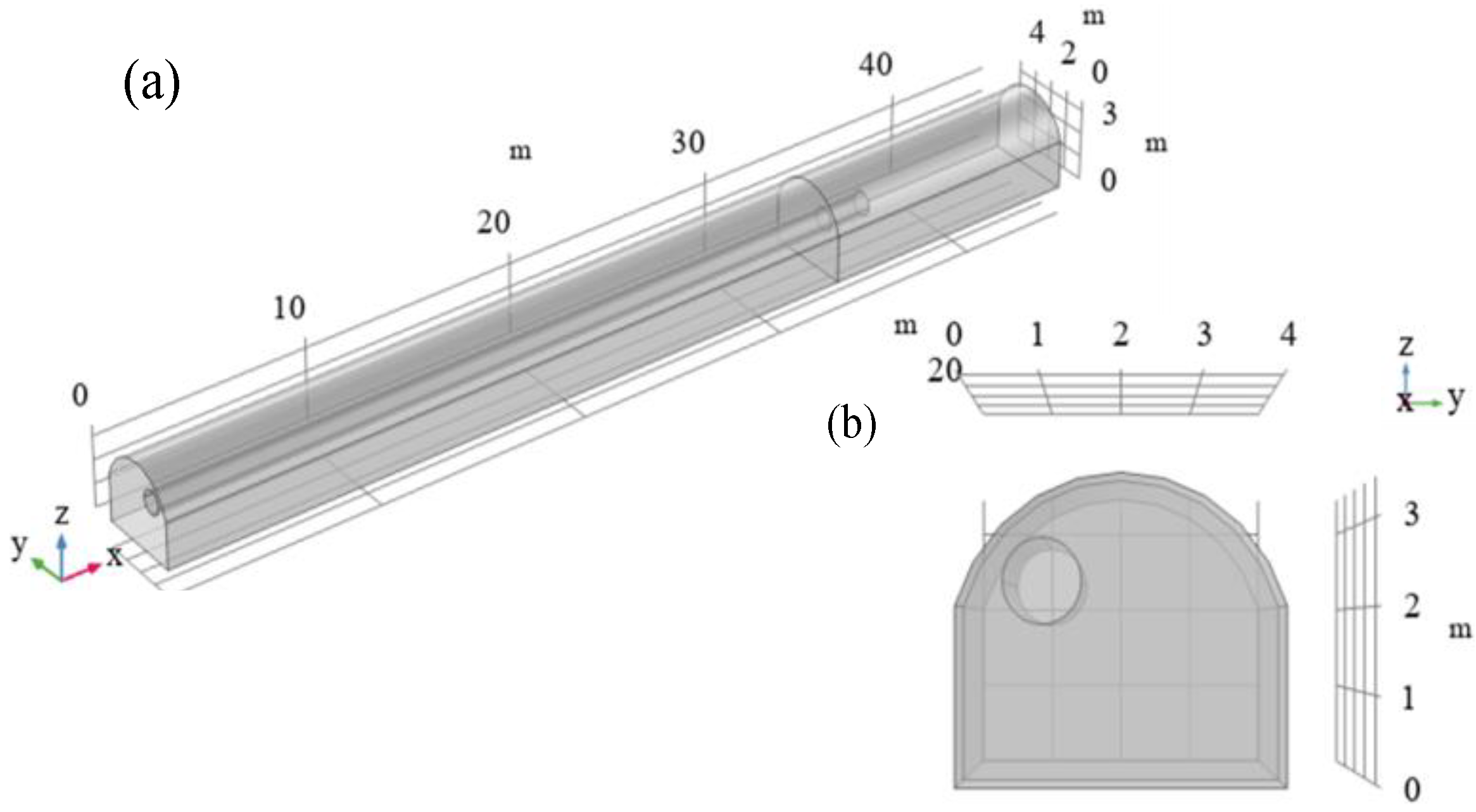



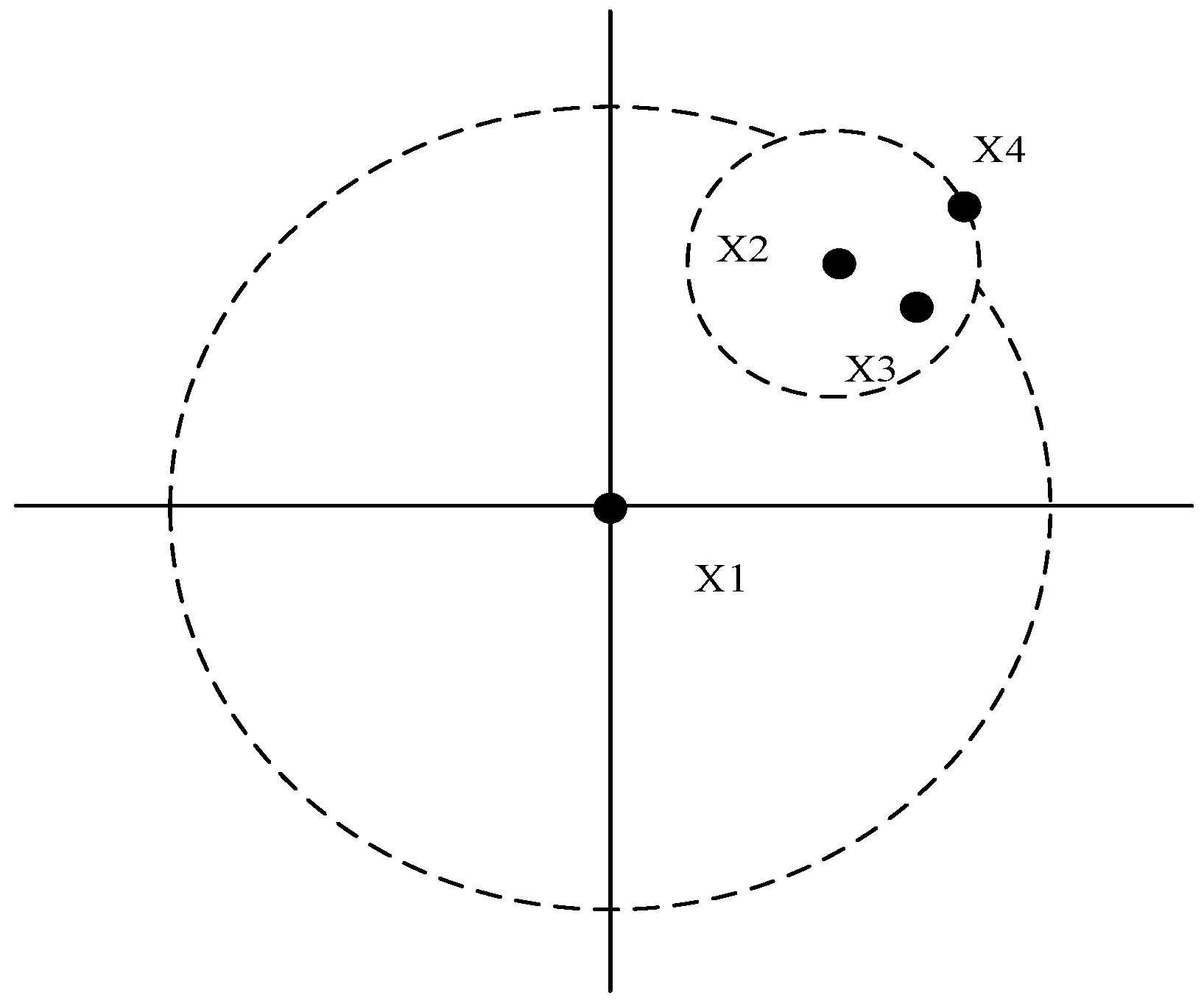
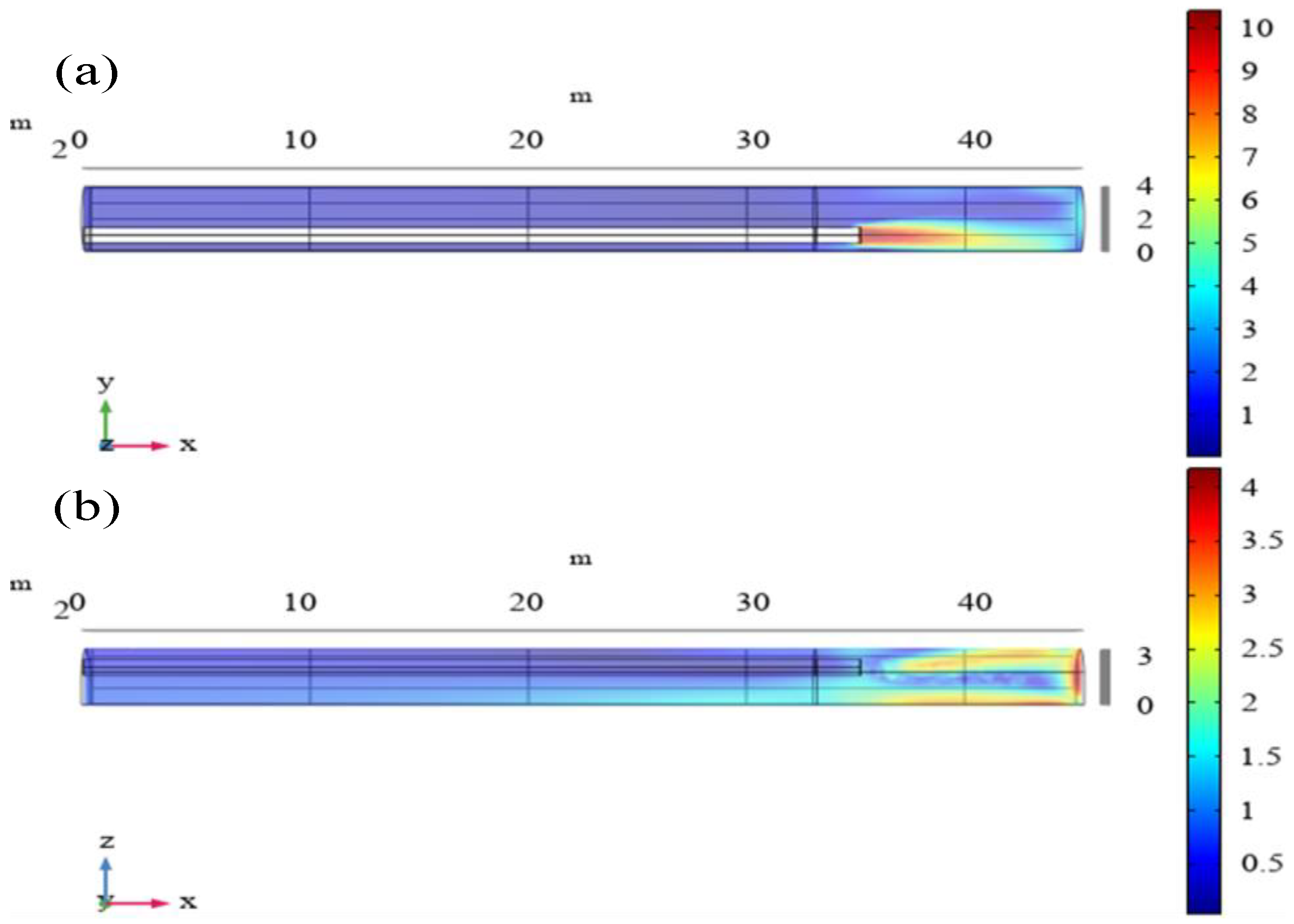
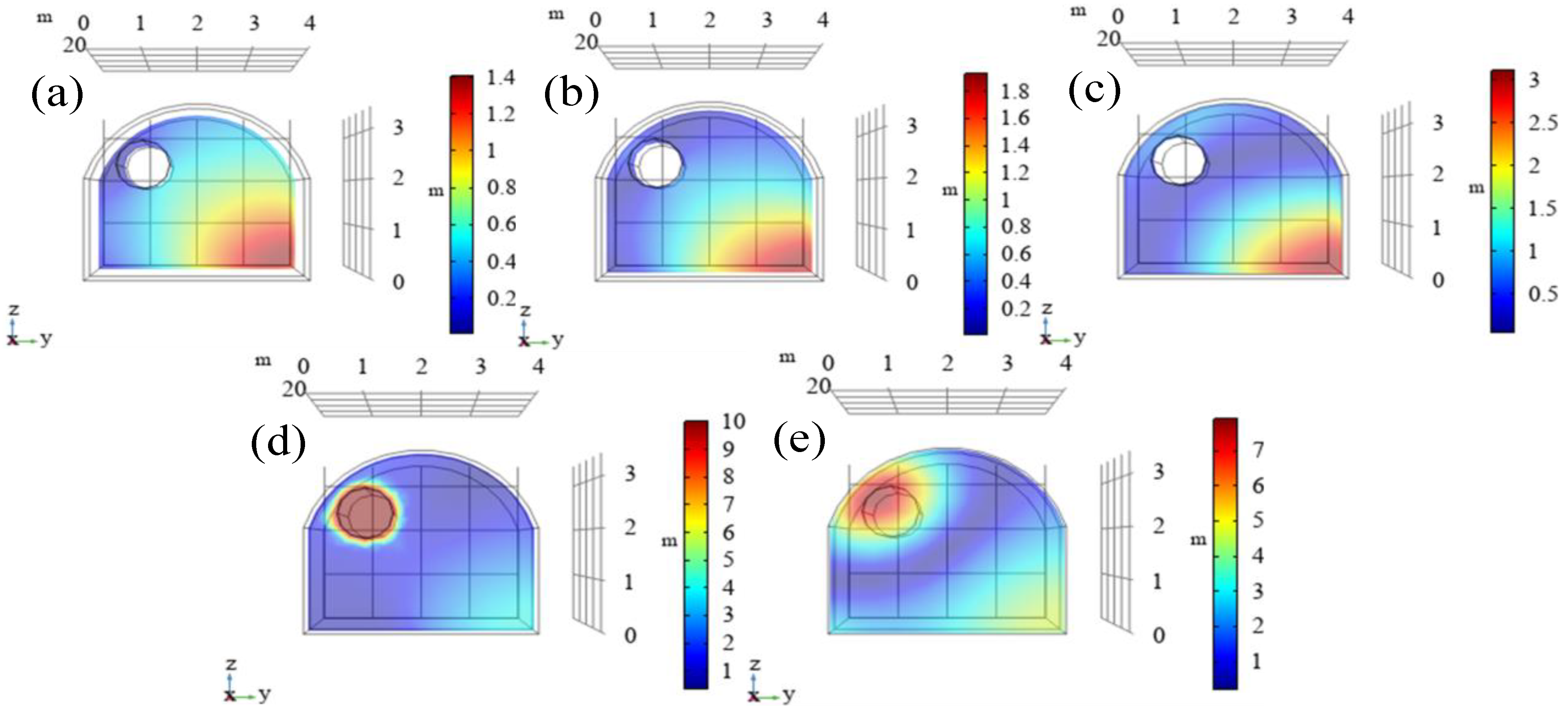


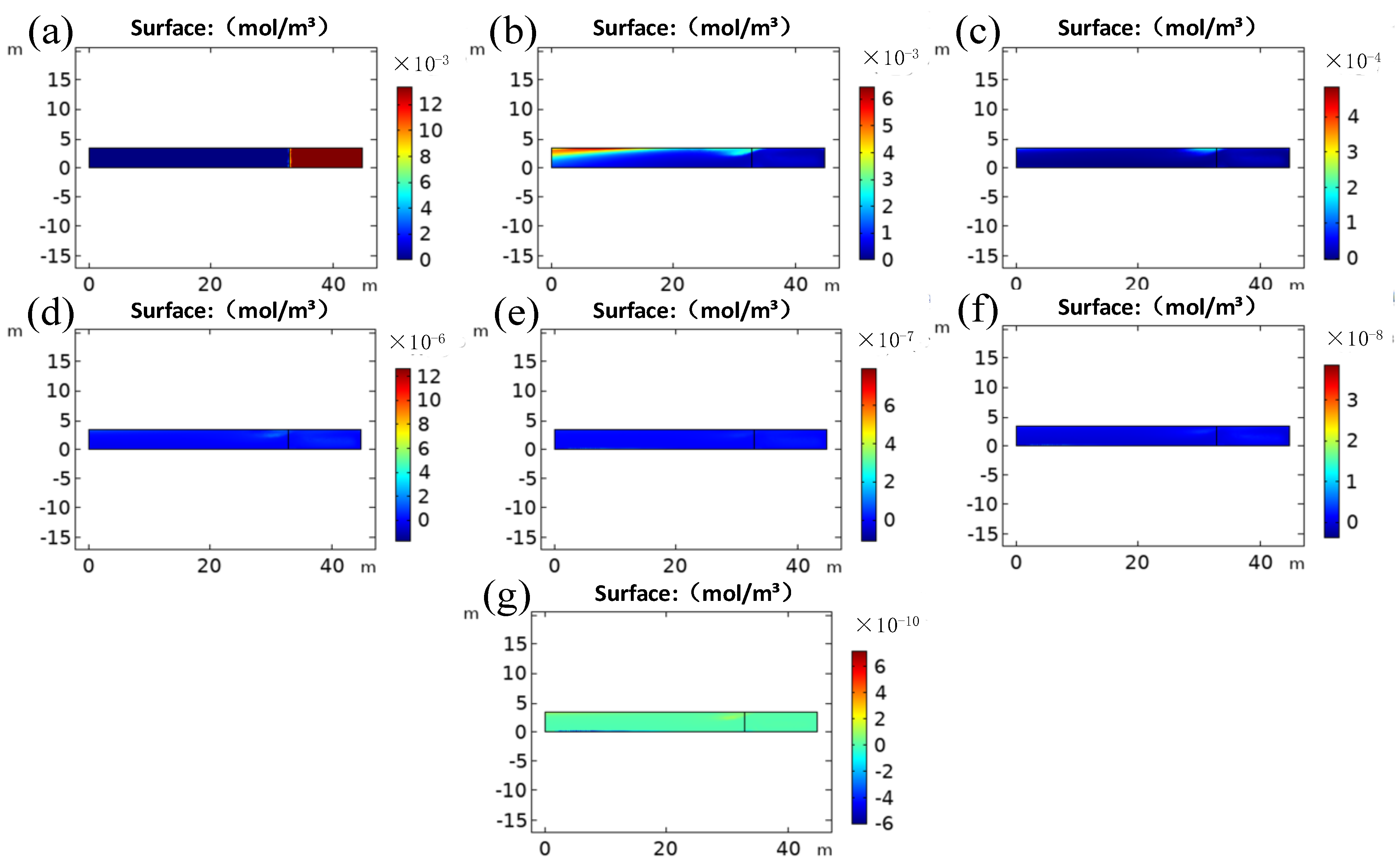
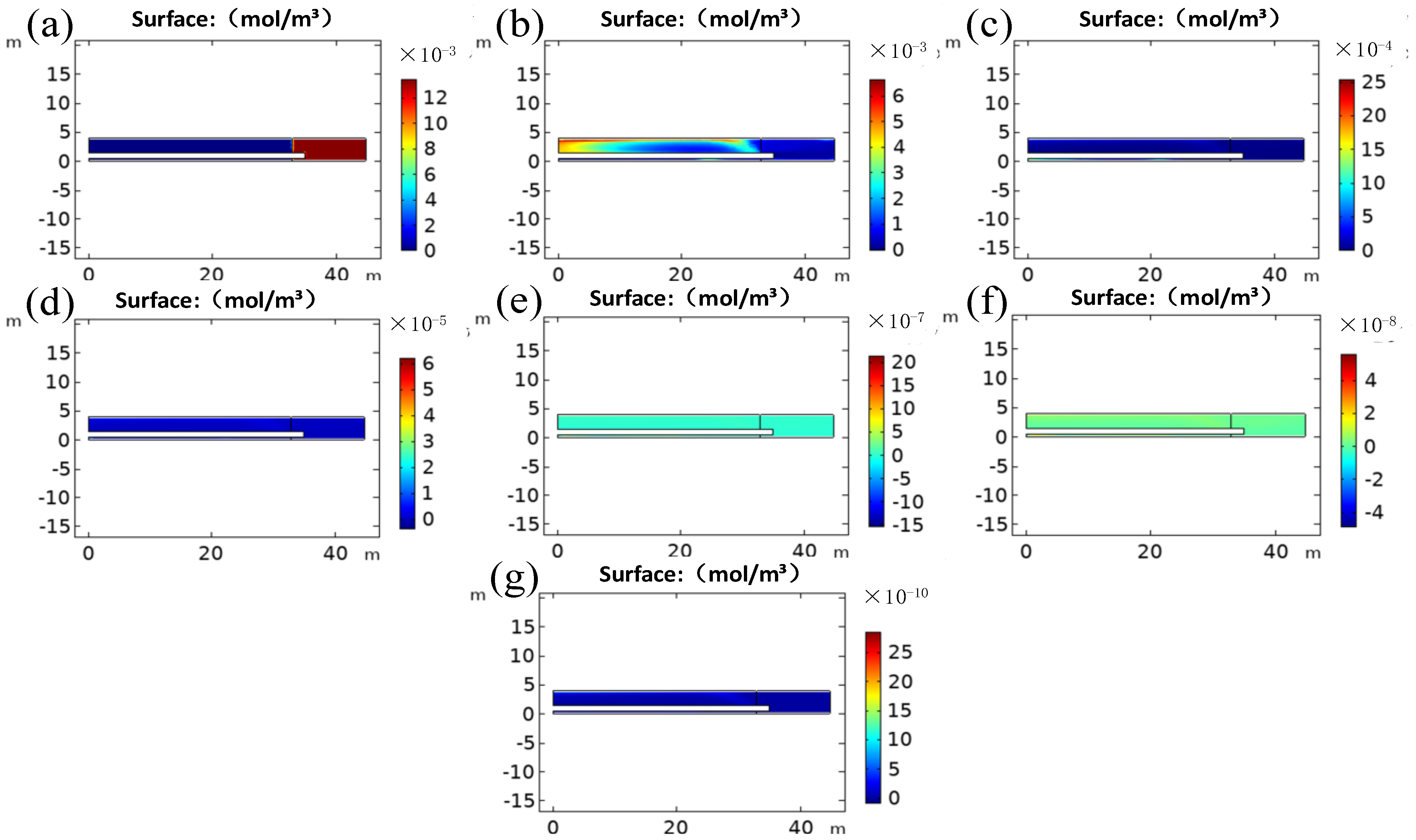
| Data | Wind Speed | Wind Temperature | |||||||||
|---|---|---|---|---|---|---|---|---|---|---|---|
| Serial Number | |||||||||||
| 1 | 0.70 | 0.80 | 0.81 | 0.85 | 0.71 | 0.79 | 0.83 | 0.83 | 0.87 | 19.3 | |
| 0.83 | 0.79 | 0.85 | 0.83 | 0.80 | 0.86 | 0.84 | 0.85 | 0.80 | |||
| 2 | 0.94 | 1.03 | 1.12 | 1.20 | 1.18 | 1.21 | 1.30 | 1.25 | 1.21 | 19.3 | |
| 1.22 | 1.28 | 1.25 | 1.30 | 1.26 | 1.23 | 1.23 | 1.21 | 1.23 | |||
| 3 | 1.20 | 1.21 | 1.25 | 1.22 | 1.22 | 1.31 | 1.21 | 1.33 | 1.31 | 19.0 | |
| 1.30 | 1.21 | 1.27 | 1.36 | 1.34 | 1.31 | 1.28 | 1.33 | 1.39 | |||
| 1′ | 0.43 | 0.49 | 0.49 | 0.46 | 0.45 | 0.45 | 0.47 | 0.46 | 0.45 | 20.4 | |
| 0.44 | 0.40 | 0.42 | 0.45 | 0.46 | 0.51 | 0.52 | 0.53 | 0.52 | |||
| 2′ | 0.66 | 0.64 | 0.63 | 0.64 | 0.65 | 0.63 | 0.65 | 0.63 | 0.66 | 20.2 | |
| 0.66 | 0.65 | 0.61 | 0.62 | 0.61 | 0.66 | 0.69 | 0.67 | 0.65 | |||
| 3′ | 1.05 | 0.98 | 0.55 | 0.49 | 0.53 | 0.50 | 0.50 | 0.52 | 0.55 | 19.8 | |
| 1.10 | 0.46 | 0.41 | 0.48 | 0.47 | 0.49 | 0.46 | 0.53 | 0.46 | |||
Publisher’s Note: MDPI stays neutral with regard to jurisdictional claims in published maps and institutional affiliations. |
© 2022 by the authors. Licensee MDPI, Basel, Switzerland. This article is an open access article distributed under the terms and conditions of the Creative Commons Attribution (CC BY) license (https://creativecommons.org/licenses/by/4.0/).
Share and Cite
Xie, C.; Xiong, G.; Chen, Z. Using CFD to Simulate the Concentration of Polluting and Harmful Gases in the Roadway of Non-Metallic Mines Reveals Its Migration Law. Sustainability 2022, 14, 13349. https://doi.org/10.3390/su142013349
Xie C, Xiong G, Chen Z. Using CFD to Simulate the Concentration of Polluting and Harmful Gases in the Roadway of Non-Metallic Mines Reveals Its Migration Law. Sustainability. 2022; 14(20):13349. https://doi.org/10.3390/su142013349
Chicago/Turabian StyleXie, Chengyu, Guanpeng Xiong, and Ziwei Chen. 2022. "Using CFD to Simulate the Concentration of Polluting and Harmful Gases in the Roadway of Non-Metallic Mines Reveals Its Migration Law" Sustainability 14, no. 20: 13349. https://doi.org/10.3390/su142013349
APA StyleXie, C., Xiong, G., & Chen, Z. (2022). Using CFD to Simulate the Concentration of Polluting and Harmful Gases in the Roadway of Non-Metallic Mines Reveals Its Migration Law. Sustainability, 14(20), 13349. https://doi.org/10.3390/su142013349







